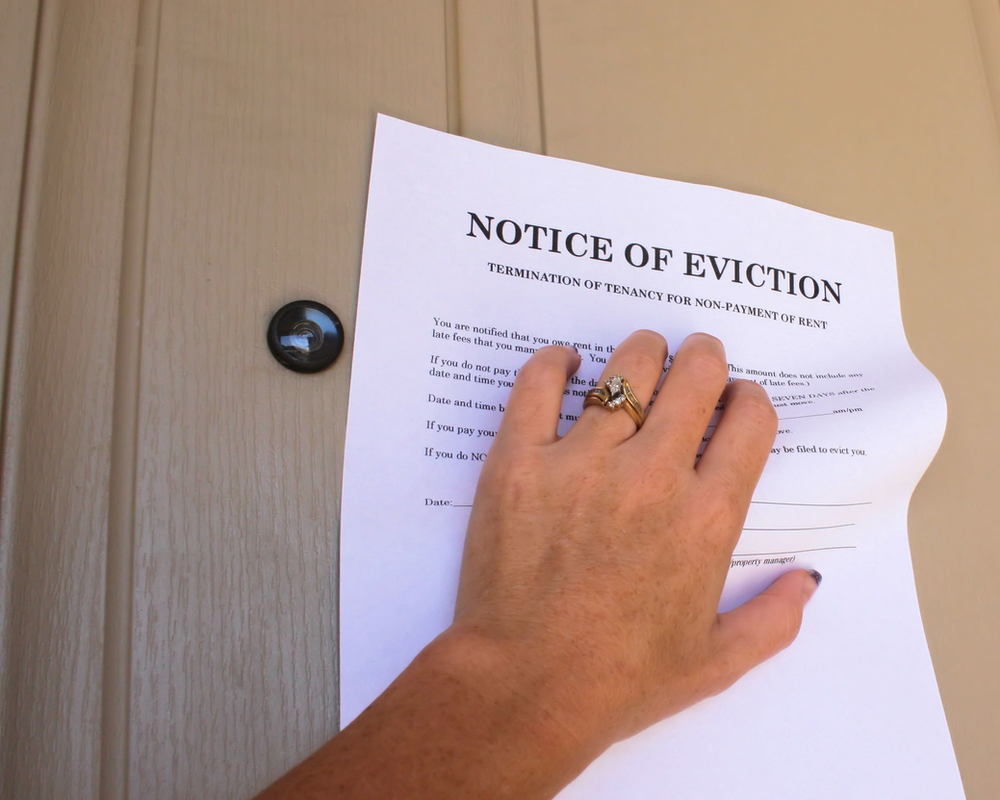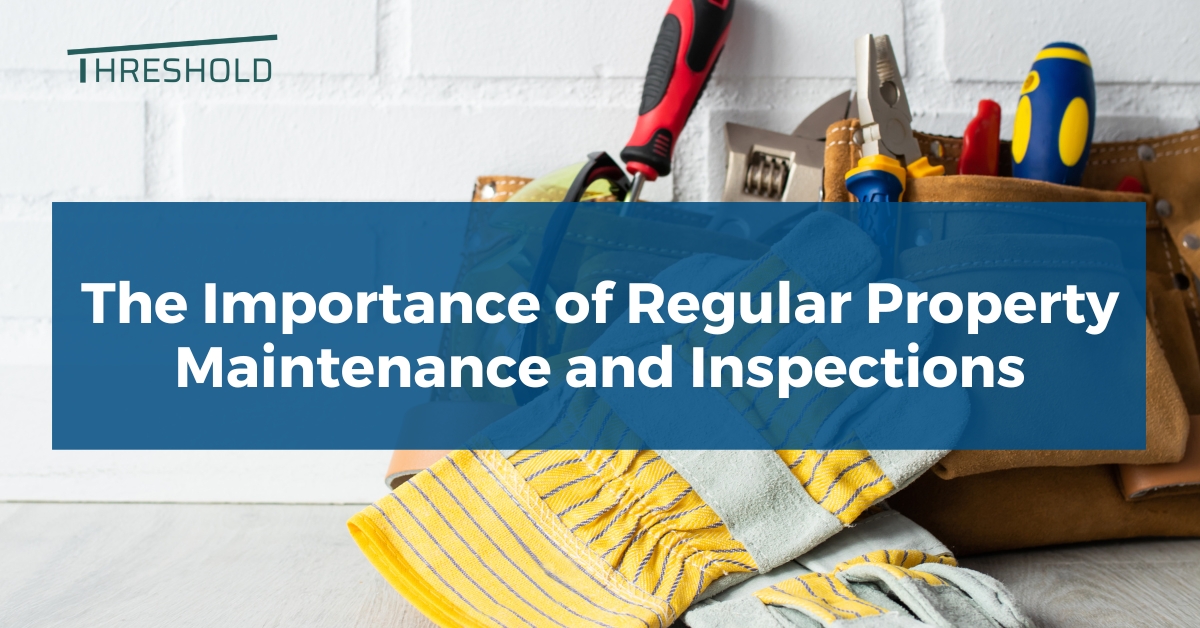Evicting a tenant in Miami can be challenging, especially for new property investors. With 40% of Miami landlords encountering eviction issues annually, understanding how to evict a tenant in Miami is crucial. This comprehensive guide explains the Florida eviction process for 2024, ensuring landlords are knowledgeable and prepared to handle any eviction scenario with confidence.

Through this guide, we aim to simplify the eviction process, providing you with the knowledge to act confidently and legally. We focus on delivering easy-to-understand, actionable steps, ensuring you have the tools to navigate the tenant eviction process effectively.
What is the Tenant Eviction Process?
The tenant eviction process is a legal route landlords take to remove tenants from their property upon expiring lease agreements, rent defaulting, or rental property policy violations. It starts with a valid reason, such as unpaid rent. Landlords must then provide proper notice, file a lawsuit, and obtain a court order. This process respects both parties’ rights, ensuring fairness under Florida law.
Tenant Eviction Starts With Understanding Florida’s Eviction Laws
Florida has rules for when you can ask a tenant to leave. It’s important to know these rules well to avoid mistakes. If you’re renting out a place in Miami, remember that there are extra local rules too. Getting to know both Florida’s and Miami’s laws is your starting point for a smooth eviction.

Miami has its own rules on top of Florida’s. So, you need to handle both without slipping up. This double-check keeps things fair and avoids trouble.
These laws aim to balance everyone’s needs. They guide landlords and protect tenants, ensuring fairness. Remember, evictions also come with costs. It’s important to consider these expenses, from filing fees to potential lost rent.
If understanding these laws seems overwhelming, don’t worry. A property management company can help. They know the ins and outs of local and state laws, making the process easier for you. Consulting with professionals can provide peace of mind and help avoid costly mistakes.
Top Reasons to Evict a Tenant in Miami
Non-payment of rent and lease violations top the list of eviction reasons. Other grounds include property damage and illegal activity. We’ve listed some of the main reasons:
- Non-payment of rent: This is the most straightforward reason for eviction.
- Lease Violations: Unapproved pets, unauthorized occupants, etc.
- Damage to Property: Actions that compromise property integrity.
- Illegal Activities: Conducting unlawful acts on the premises.
Addressing these issues promptly and legally is crucial for maintaining property standards and community safety.
How to Evict a Tenant in Miami: Step-by-Step Guide
Evicting a tenant isn’t something landlords look forward to, but sometimes it’s necessary. The eviction process is complex and can be stressful for both landlords and tenants. Here’s a simple guide to help you through the process in South Florida, making sure you follow the law and treat everyone fairly.
By taking this step-by-step approach and considering professional guidance, landlords can navigate the eviction process more confidently and effectively.
Step 1. Understand the Valid Reasons for Tenant Eviction
Before anything else, be sure you have a good reason to evict. Is rent overdue? Has a rule in the lease been broken? It’s important to be clear and direct about why.
Understanding the issue fully is key. For example, not paying rent is clear-cut, but lease violations can be less straightforward.
Write down everything about the situation, like when it happened, messages between you and the tenant, and what you’ve tried to fix it. This backs you up legally and shows you’re being fair and professional in dealing with your tenants.
Step 2. Issue a Proper Notice
Next up, you need to tell your tenant what the issue is through a written notice. If it’s about rent not being paid, you’ll need to send a 3-day notice. For other issues, like breaking lease rules, a 7-day notice is required. This document should explain the problem and, if possible, how to solve it.
This notice is your way of formally telling your tenant there’s a problem, but it’s also giving them a chance to fix it. Make sure the notice is straightforward and includes everything important like how much rent is owed, details of the lease violation, and the deadline for fixing the issue or moving out.

By sending a notice you’re following the rules and also showing respect to your tenant by giving them a fair chance to sort out the problem.
Step 3. Take Legal Action: Filing for Eviction with the Court
If the tenant doesn’t fix the problem or respond, it’s time to take legal steps. You’ll have to fill out some forms at the courthouse near you. This means gathering all important papers – like your lease, the eviction notice you gave, chats with the tenant, and anything else that shows why you’re evicting them. Getting these documents ready is key for the next steps.
Filing in court changes your dispute to a legal case. It’s more than just paperwork; you’re officially seeking a resolution. Showing the court your detailed case proves you’re serious about solving this fairly and by the law.
Step 4. Wait for the Tenant’s Move
Once you’ve filed for eviction, the process enters a crucial phase where the tenant is allowed to respond. This moment is pivotal as it dictates the direction of the eviction process.
The tenant now has a choice: to vacate the property voluntarily or to contest the eviction through the legal system. This stage is a fundamental right, ensuring tenants have a fair chance to defend their stance.
The court’s notification acts as a formal call to the tenant to present their case, setting the stage for a possible court hearing. It’s an essential step that opens the door to resolving the dispute, whether through departure or legal challenge.
Step 5. The Court Process and Hearing
When the eviction process escalates to a court hearing, it’s your chance to firmly advocate for your rights as a property owner. Court day is critical for landlords. It’s your moment to present facts and evidence directly to a judge. Take this seriously, as the outcome affects both you and your tenant.
Preparation is key. Bring all relevant documents and clearly explain your situation. The judge will decide based on what both sides say. If the judge agrees with you, they’ll give you a document that says you can take back your property.
A judge’s favorable decision allows you to legally reclaim your property, emphasizing the importance of following legal procedures in property management.
Step 6. Reclaiming Your Property
After winning in court, you’ll receive a writ of possession. This document instructs the local sheriff to help you take back your property. It’s a significant moment that concludes the legal eviction process.
The sheriff will post this notice on the tenant’s door, giving them a final 24-hour warning to vacate the premises. Should the tenant remain beyond this period, the sheriff is authorized to physically remove the tenant and their belongings.
It’s essential to remember that as the landlord, you will be responsible for covering the costs associated with this enforcement action. Typically, the fees for the sheriff’s eviction service can range from $90 to $150, varying by county and specific requirements. Throughout this, it’s crucial to act respectfully and follow legal guidelines.
This final action not only gets your property back but also serves as a learning opportunity. Reflect on the process to better manage future tenants and avoid similar situations.
Step 7. Post-Eviction Considerations
Once the eviction process concludes, it’s time to assess the property for any damage and carry out necessary repairs. This helps in maintaining the property’s value and ensures it’s appealing to future tenants.
Additionally, reconsider your approach to re-renting the property. This period offers an excellent opportunity to refine your tenant screening process, potentially incorporating more checks to mitigate the risk of future evictions.
After ensuring the property is in top condition, proceed with changing the locks and conducting a deep clean. This secures the property and makes it inviting for the next occupant. It’s also a good time to think about what went wrong and how you can avoid similar problems in the future.
Key Factors to Consider When You Want to Evict a Tenant in Miami
Remember, every step of this process needs to be done by the book to protect yourself and your property. It might seem like a lot, but taking it step by step can make it manageable. And, when in doubt, asking a legal expert for help is always a good idea.
To evict a tenant in Miami can be challenging, but they don’t have to be overwhelming. For landlords who find the legal nuances and procedural requirements daunting, there’s a reliable solution: partnering with a seasoned property management company.
How Threshold Property Management Can Help With Tenant Evictions
At Threshold Property Management, we simplify the eviction process for Miami property owners, ensuring every step is managed with professionalism and empathy. Our deep knowledge of both local and state laws helps us navigate evictions efficiently, safeguarding your investment and reducing rental business disruptions. From delivering the initial notices to advocating for you in court, our team provides support.
By partnering with a property management company, you gain peace of mind, knowing your property is cared for by experts, allowing you to concentrate on expanding your investment portfolio. Our thorough tenant screening process, regular property inspections, and proactive communication strategies are tailored to enhance tenant relations and reduce the likelihood of future evictions.
Conclusion
While evictions are an unfortunate part of property management, they offer valuable lessons on the importance of clear communication, legal compliance, and tenant relations. Remember, the goal is not to manage properties effectively but to create positive, lasting relationships with tenants that contribute to the long-term success of your rental business.
Let a professional property management company help you navigate the complexities of property management, including the tenant eviction process, ensuring a smoother, more rewarding experience for landlords and tenants.



